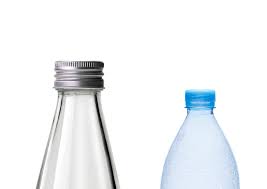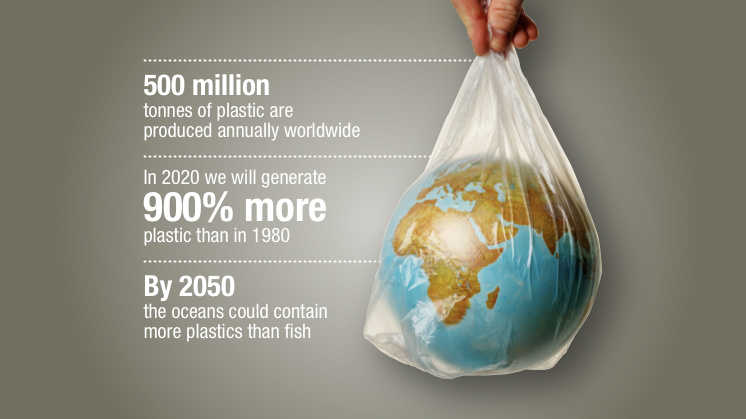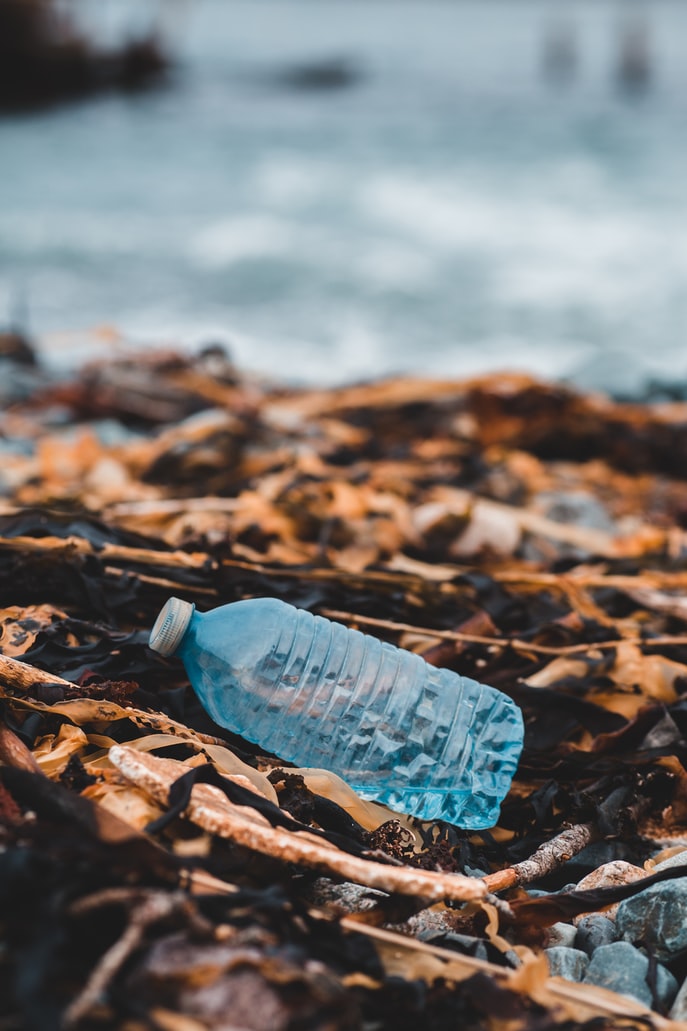Glass And Plastic
There is a situation that has been discussed by many environmentalists until today. Would the use of glass or plastic be more beneficial to the environment? The use of plastic is held badly by environmentalists. Let’s examine the answer to this question.

Quality Ratio Between Glass and Plastic
Consumers stated that there is a quality difference between glass and plastic. The use of glass and plastic and their quality differ at some points. A 2015 study shows that respondents believed food products packaged in glass were at a higher quality level than the same product stored in plastic. Because it tends to be more expensive, glass offers a premium experience in the look, feel, and weight that may be essential for luxury juices, artisanal cold brew, or other products looking to promote a sophisticated image for marketing.
On the other hand, the use of glass has the potential to break. It has some difficulties to maintain easily. Plastic, on the other hand, offers durability and greater ease of use. It can be dangerous if you give a child or baby a glass bottle that they can easily drop. The use of glass is not an element that facilitates daily life in every area. It tends to be less slippery than glass and can be molded into a variety of shapes and sizes, such as the neck, with ergonomic finger molds for better grip and easy handling. For this reason, they are preferred more than glass in terms of use.
Chemical Properties for Use of Glass and Plastics
It is ideally suited for sensitive products in the glass, personal care, and pharmaceutical industries and for long-term storage liquids such as spirits and other spirits. It is less permeable to CO2 and O2 than plastic and keeps gaseous products bubbly for longer. Glass, which can operate in a wide temperature range, has a property that does not bend under pasteurization.
Plastic, on the other hand, shows a more versatile performance. It has many types such as polyethylene terephthalate (PET), high-density polyethylene (HDPE), low-density polyethylene (LDPE), polypropylene (PP), and more. Each of these types has its own chemical compatibility properties, impact resistance, temperature rating, etc. It has features. With so many options, you are more likely to find a suitable plastic container for your product and use.
Recycling and Environmental Factors
While glass may require more energy to produce and ship, it is also true that glass is 100% recyclable whenever it is recycled. There is no loss of quality in the new product that emerges. Since glass is a washable and sterilizable material, it has a reusable feature. Most plastics can be recycled, but this quality deteriorates with each cycle. In short, this means that when you recycle a plastic bottle, it is not typically used to make another bottle and is instead used for synthetic clothing or carpets. This process is often called the “downcycle”.
The environmental effects of glass and plastic are not clearly defined. Glass makes up 5% of the garbage in the US, so while it’s recyclable, it often finds its way to the landfill. Producing plastic containers instead of disposable glass has a greater environmental impact due to the energy required. However, although the glass is long-lasting, it is made of natural material. Even though it is relatively new compared to glass, plastic still makes up about 20% of the garbage in landfills.
Which Is More Costly, Use of Glass or Plastic?
The shipping processes of glass are not only more expensive but also more costly to manufacture due to the amount of heat required during production. It is clear that glass is more costly than plastic in terms of use and production. Glass production is energy-intensive manufacturing, accounting for 1% of total industrial energy use in an Energy Information Administration (EIA) study of the manufacturing sector. Natural gas fuels most of this energy.
It has a much lower melting point compared to glass. Thus, it needs less energy during production. There are clear differences between plastic and glass in terms of energy use. With the new technology developments in plastic molding, the production of plastic containers has become even more economical. At one point, it was even cheaper to produce new plastic than to recycle it. Economically, it surpasses glass in both production and transportation.
Use of Glass or Plastic for Health?
Glass is non-toxic and does not contain potentially harmful chemicals. Generally speaking, it does not have a negative effect on your health. The use of glass has fewer pores than plastic. It also has a high resistance to leakage in your product even when kept for a long time. Organic or all-natural products may want to think about it as public awareness of glassware, bisphenol A (BPA), and other potentially dangerous chemicals in plastics grow.
However, most plastics do not contain BPA. It has a pretty bad reputation for its toxicity and tendency to mix into products. Used incorrectly,it can, of course, contaminate your product with harmful chemicals. In this way, it can harm you. Inappropriate or excessive storage conditions can accelerate this process. Taking precautions to make sure your plastic container is suitable for your product and use can make using plastic a safe alternative to glass.

